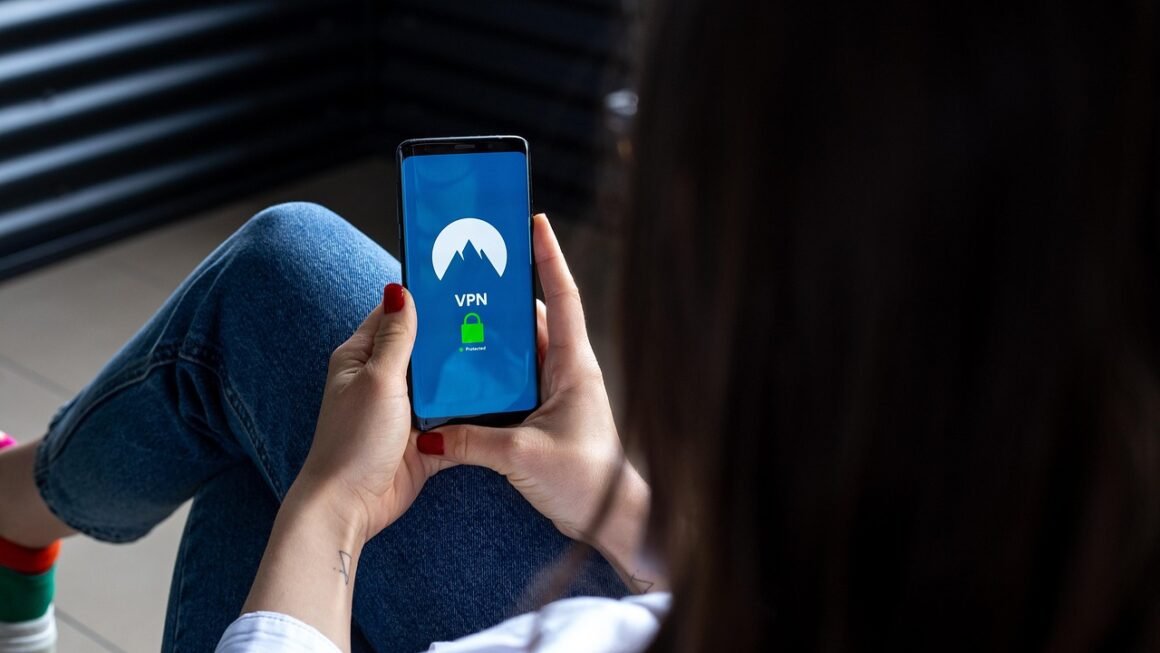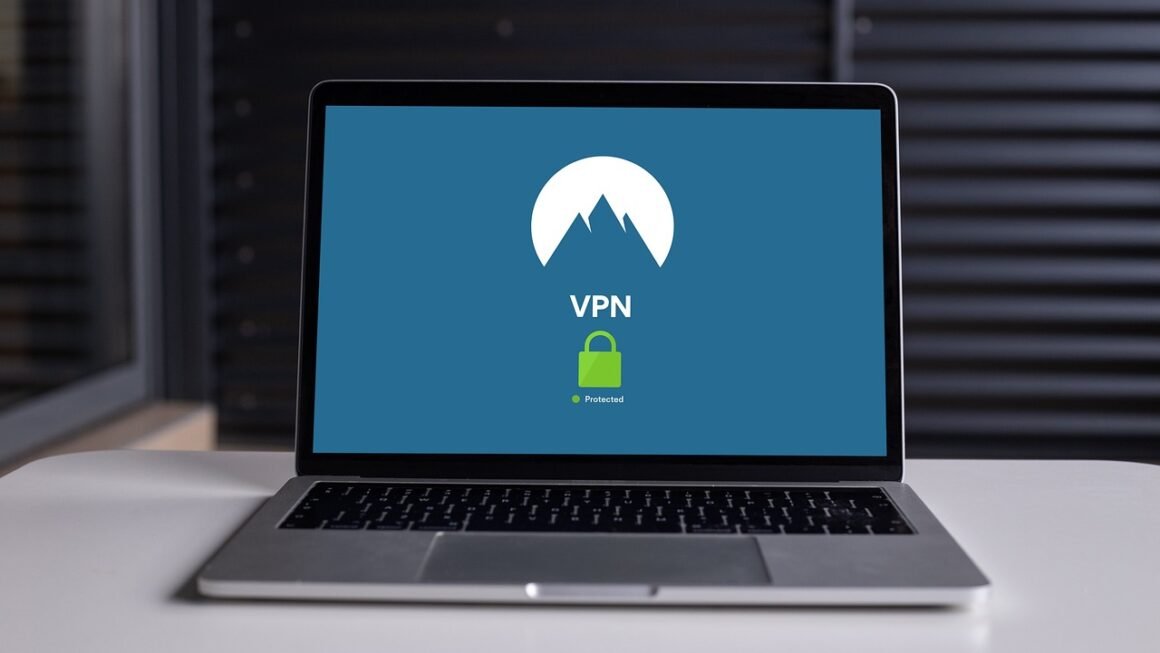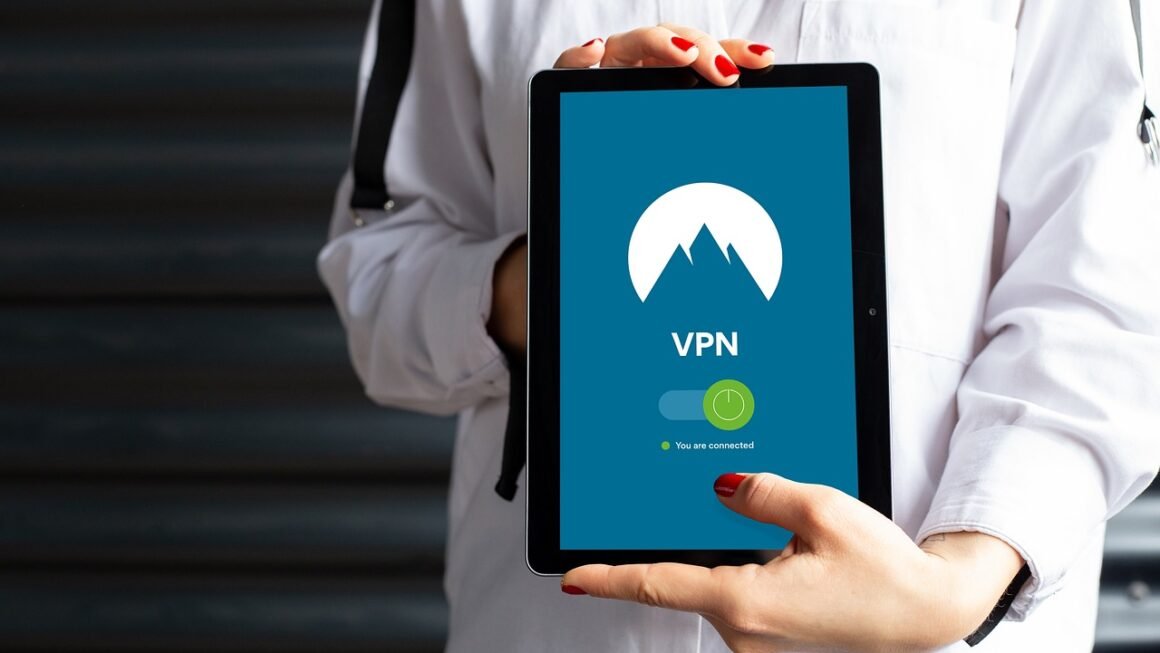Imagine receiving an urgent email claiming your bank account has been compromised. Panicked, you click the link, enter your credentials, and breathe a sigh of relief… until you realize you’ve just handed your information directly to a cybercriminal. This scenario, known as phishing, is a constant threat in today’s digital world, and understanding how it works is the first step in protecting yourself.
What is Phishing?
Defining Phishing
Phishing is a type of cyberattack where criminals attempt to trick individuals into revealing sensitive information, such as usernames, passwords, credit card details, and social security numbers. They often impersonate legitimate organizations, like banks, retailers, or government agencies, to gain trust and lure victims into their trap. Phishing attacks can take many forms, from email and text messages to phone calls and even fake websites. The ultimate goal is always the same: to steal your data for malicious purposes.
Why is Phishing So Effective?
Phishing attacks are effective because they exploit human psychology. Attackers often use:
- Urgency: Creating a sense of immediate danger or time pressure to bypass critical thinking. For example, an email claiming your account will be suspended if you don’t act immediately.
- Authority: Impersonating a trusted source like a bank, government agency, or well-known company.
- Fear: Threatening negative consequences, such as account closure or legal action, if the recipient doesn’t comply.
- Greed: Offering rewards or incentives that seem too good to be true, such as winning a lottery or receiving a free gift card.
By playing on these emotions, phishers can convince even cautious individuals to let their guard down.
Types of Phishing Attacks
Email Phishing
This is the most common type of phishing. Attackers send emails that appear to be from legitimate organizations. These emails often contain:
- Links to fake websites that look identical to the real ones.
- Requests for personal information, such as passwords or credit card details.
- Attachments containing malware.
- Example: An email appearing to be from PayPal claiming your account is locked due to suspicious activity and requires you to click a link to verify your information.
Spear Phishing
Spear phishing is a more targeted form of phishing that focuses on specific individuals or organizations. Attackers gather information about their targets from social media, company websites, or other sources to make their attacks more believable.
- Example: An email targeting employees of a specific company, using their colleagues’ names and internal jargon to appear legitimate, requesting them to update their HR information through a fake portal.
Whaling
Whaling is a type of spear phishing that targets high-profile individuals, such as CEOs or other executives. These attacks often aim to steal sensitive information or gain access to the company’s systems.
- Example: An email impersonating the CEO of a company sent to the CFO, requesting an urgent wire transfer to a specific account.
Smishing (SMS Phishing)
Smishing uses text messages to trick victims into revealing personal information. These messages often contain links to fake websites or phone numbers that connect to automated systems designed to steal data.
- Example: A text message claiming you’ve won a free gift card but need to click a link and enter your credit card information to pay for shipping.
Vishing (Voice Phishing)
Vishing involves using phone calls to deceive victims. Attackers may impersonate customer service representatives, law enforcement officers, or other authority figures to gain trust and solicit information.
- Example: A phone call from someone claiming to be from the IRS, stating that you owe back taxes and need to provide your bank account information to avoid legal action.
How to Identify Phishing Attempts
Check the Sender’s Email Address
- Look for discrepancies: Carefully examine the sender’s email address. Phishing emails often use misspelled domain names or generic email addresses (e.g., @gmail.com instead of @company.com).
- Hover over links: Before clicking any links, hover over them to see the actual URL. If the URL doesn’t match the stated website or looks suspicious, don’t click it.
Analyze the Email Content
- Watch for grammatical errors and typos: Phishing emails often contain grammatical errors, typos, and poor sentence structure.
- Be wary of urgent requests: Be suspicious of emails that demand immediate action or threaten negative consequences if you don’t comply.
- Don’t trust unsolicited attachments: Avoid opening attachments from unknown or untrusted sources. These attachments may contain malware.
- Look for generic greetings: Phishing emails often use generic greetings like “Dear Customer” instead of your name.
Verify Information Directly
- Contact the organization directly: If you receive an email claiming to be from a bank, retailer, or other organization, contact them directly to verify the information. Use a phone number or website that you know is legitimate, not the one provided in the email.
- Never provide sensitive information via email: Legitimate organizations will never ask you to provide sensitive information like passwords or credit card details via email.
Protecting Yourself from Phishing
Use Strong, Unique Passwords
- Create strong passwords: Use a combination of uppercase and lowercase letters, numbers, and symbols.
- Use unique passwords for each account: Avoid using the same password for multiple accounts.
- Consider using a password manager: Password managers can help you create and store strong, unique passwords for all your accounts.
Enable Two-Factor Authentication (2FA)
- Add an extra layer of security: 2FA requires you to provide a second form of authentication, such as a code sent to your phone, in addition to your password.
- Enable 2FA whenever possible: Most major websites and services offer 2FA.
Keep Your Software Up to Date
- Install security updates promptly: Software updates often include security patches that protect against known vulnerabilities.
- Enable automatic updates: Configure your operating system and software to automatically install updates.
Be Skeptical and Verify
- Think before you click: Be cautious of any email or message that asks you to click a link, open an attachment, or provide personal information.
- Verify the source: If you’re unsure about the legitimacy of an email or message, contact the sender directly to verify it.
- Report suspicious activity:* Report phishing emails and messages to the organization being impersonated and to the appropriate authorities. The Anti-Phishing Working Group (APWG) is a great place to report and learn more about phishing.
Conclusion
Phishing is a pervasive and constantly evolving threat. By understanding the different types of phishing attacks, knowing how to identify them, and taking proactive steps to protect yourself, you can significantly reduce your risk of becoming a victim. Stay vigilant, practice good online security habits, and remember: when in doubt, verify! Always trust your gut and if something seems suspicious, it probably is.



